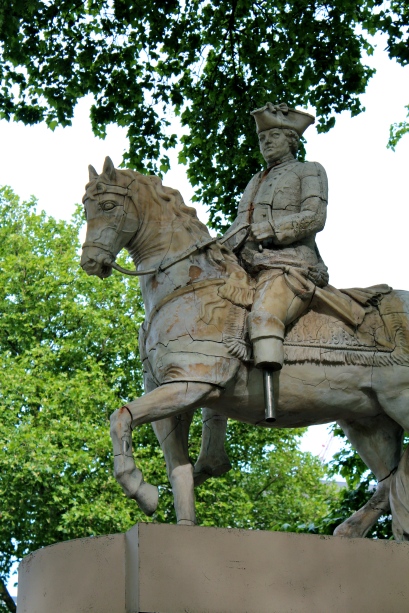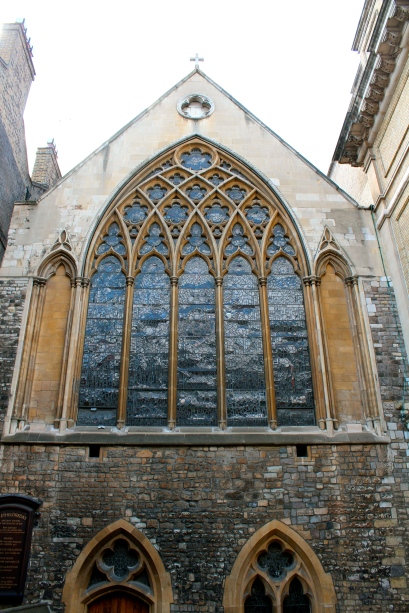So as the Written in Soap project nears its ends, just how well did the statue made from soap stand up to one of our most bitter winters on records? But just to recap slightly, artist Meekyoung Shin created a statue made of soap (with a metal armature) of the controversial Duke of Cumberland in Cavendish Square. The idea was to see how it would fare over the four seasons.
Erected in July 2012, I first visited in August and by my second update in November not much had changed really, bar a bit of cracking. Almost twelve months on – and a lot of snow and rain later – it is a bit of a different story. The Duke has now lost his left leg below the knee, exposing a metal rod. Nearby, the horse on which he sits is losing some of the ‘skin’ on its left foreleg, exposing yet more metal.
The Duke’s right hand is also separating from his jacket sleeve and looks to be dangling somewhat precariously. Needless to say, all the cracks are now much more emphasised – the Duke has also developed an unusual collar, whose rusting colour looks appropriately like blood (the Duke became known as ‘Butcher Cumberland’ after putting down the Jacobite Rising during the 1746 Battle of Culloden). So maybe history is showing through somewhat here…
Overall though, I’d say the statue has weathered the storms remarkably well. If you’d like to see it for yourself it will be in position in Cavendish Square until the 30th of June.




















